If you are just beginning your cooking journey, reading a recipe can be overwhelming. There's abbreviations and terminology. There's wet vs. dry measurements, teaspoons vs. tablespoons, cups vs. pints, etc. It can all be somewhat confusing.
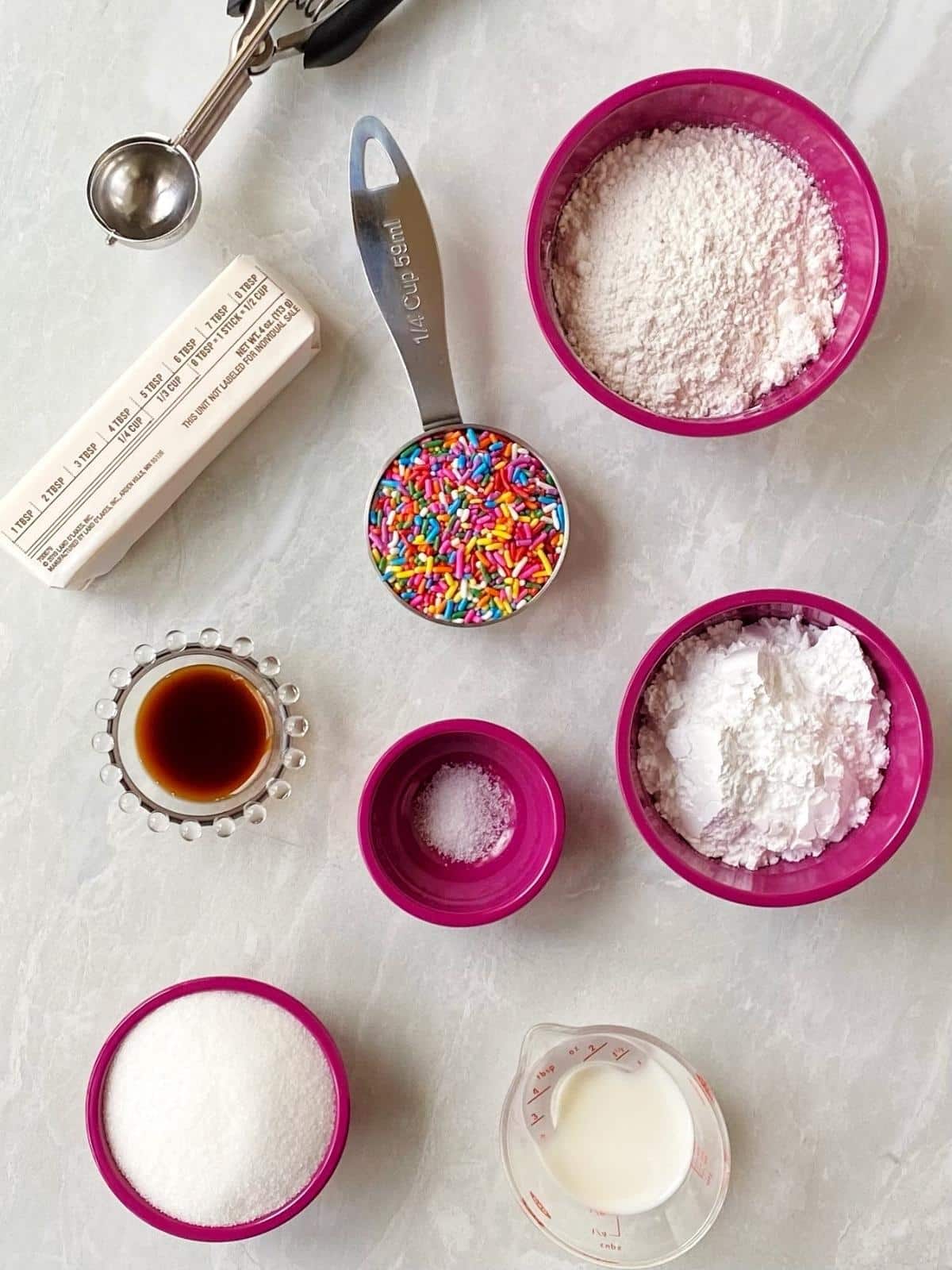
I'm going to help you make sense of it all. We'll define the abbreviations and talk about different kitchen tools used for measuring ingredients. Then, with a series of charts, we'll outline all of the various conversions, including metric vs. US. Don't forget to grab the free printable so you can keep this information at your fingertips.
>>>Grab your free conversions and measurements printable here!<<<
Measuring abbreviations
Cooking and baking involves a lot of terminology and deciphering it can be confusing. Refer to this useful chart for definitions.
Abbreviations
oz=ounce
lb=pound
pt=pint
qt=quart
gal=gallon
c=cup
tsp=teaspoon
tbsp=tablespoon
lt=liter
ml=milliliter
gr=grams
Equipment
Dry measures
Dry measuring cups are used to measure dry ingredients such as flour, sugar, oats, or chocolate chips. Dry measuring cups are typically plastic or metal and should be leveled off with a flat edge to achieve the correct measure.
3 teaspoons=1 tablespoon=1/16 cup
6 teaspoons=2 tablespoons=⅛ cup
12 teaspoons=4 tablespoons=¼ cup
24 teaspoons=8 tablespoons=½ cup
36 teaspoons=12 tablespoons=¾ cup
48 teaspoons=16 tablespoons=1 cup
Liquid measures
Liquid measuring cups are used to measure liquid ingredients such as oil, vinegar, milk, or syrup. These cups are usually glass or plastic with a handle and spout. You can fill the cup up to the measurement needed.
1 fluid ounce=⅛ cup
2 fluid ounces=¼ cup
4 fluid ounces=½ cup
6 fluid ounces=¾ cup
8 fluid ounces=1 cup=½ pint=¼ quart
16 fluid ounces=2 cups=1 pint=½ quart
24 fluid ounces=3 cups=1 ½ pints=¾ quart
32 fluid ounces=4 cups=2 pints=1 quart=¼ gallon
64 fluid ounces=8 cups=4 pints=2 quarts=½ gallon
96 fluid ounces=12 cups=6 pints=3 quarts= ¾ gallon
128 fluid ounces=16 cups=8 pints=4 quarts=1 gallon
Food scale
A scale is very useful for recipes that list ingredient amounts in weight vs. volume measurements. This is most common in baking because measuring ingredients by weight yields a more accurate measure. Most scales offer functionality to switch between grams and ounces.
Butter conversions
Some recipes may call for sticks of butter; others may list butter in tablespoons or cups. This chart will help you convert one measurement to another.
1 stick of butter=8 tablespoons=½ cup=4 ounces
2 sticks of butter=16 tablespoons=1 cup=8 ounces
3 sticks of butter=24 tablespoons=1 ½ cups=12 ounces
4 sticks of butter=32 tablespoons=2 cups=16 ounces=1 pound
Metric to US Conversions
For recipes written in metric conversions, these charts provide the US equivalents.
Oven temperatures
135℃=275℉
160-165℃=325℉
180℃=350℉
190℃=375℉
205℃=400℉
220℃=425℉
230-235℃=450℉
245℃=475℉
Volume conversions
5 ml=1 tsp
15 ml=1 tbsp
250 ml=1 cup=8 fluid ounces
½ liter=17 fluid ounces
1 liter=34 fluid ounces
Weight conversions
1 gram=.035 ounces
100 grams=3.5 ounces
500 grams=17.6 ounces=1.1 pounds
>>>Grab your free conversions and measurements printable here!<<<
Other resources
Meat and Seafood Cooking Temperature Guide
Craving more?
Subscribe to My Casual Pantry to get the latest recipes and ideas sent directly to your inbox.

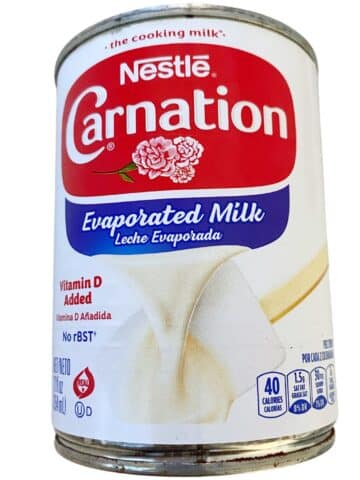
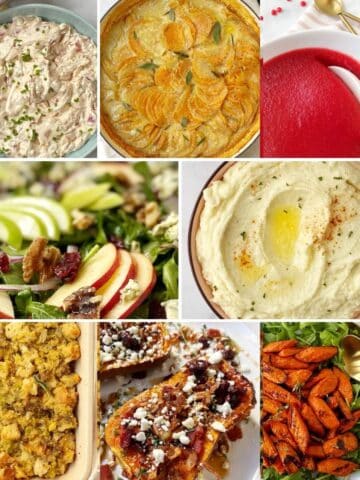
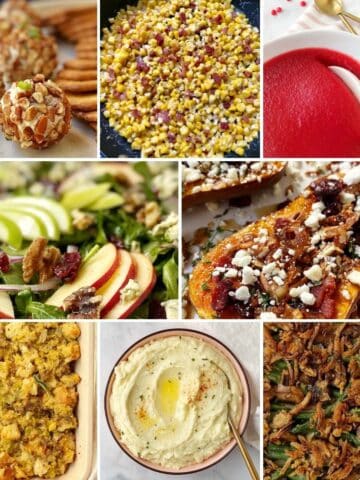
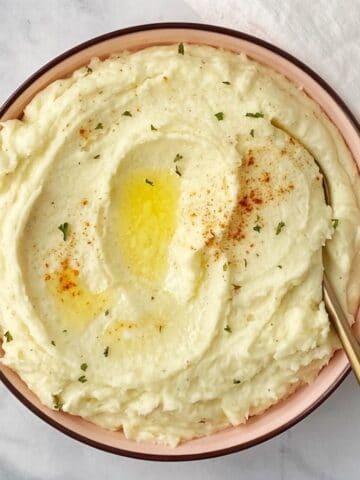
Comments
No Comments